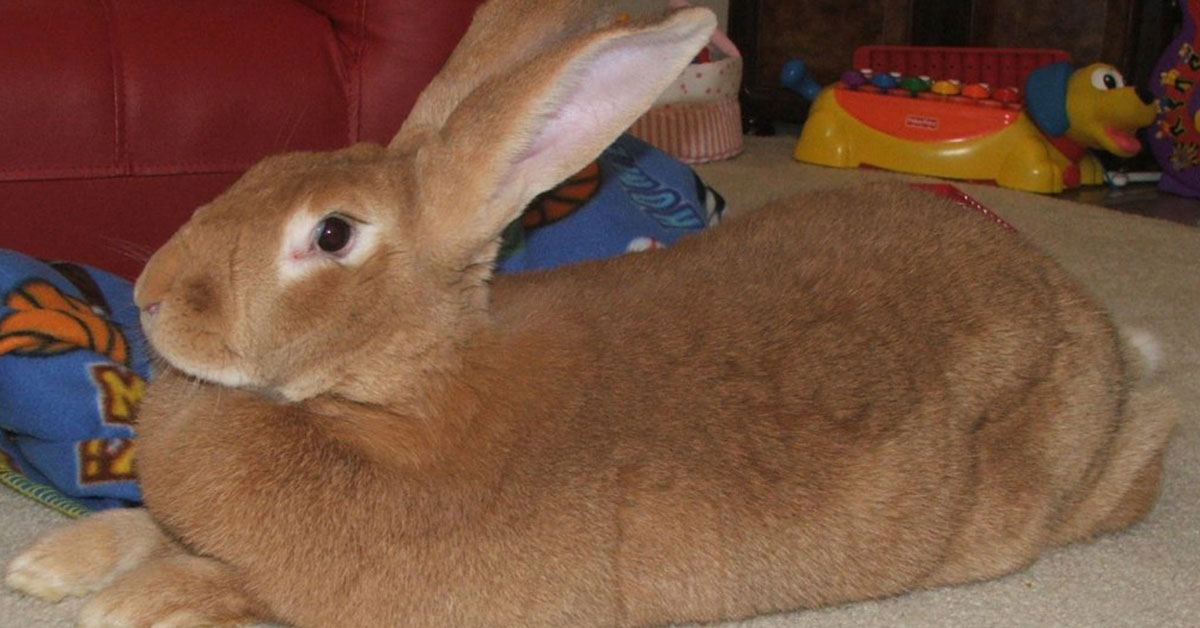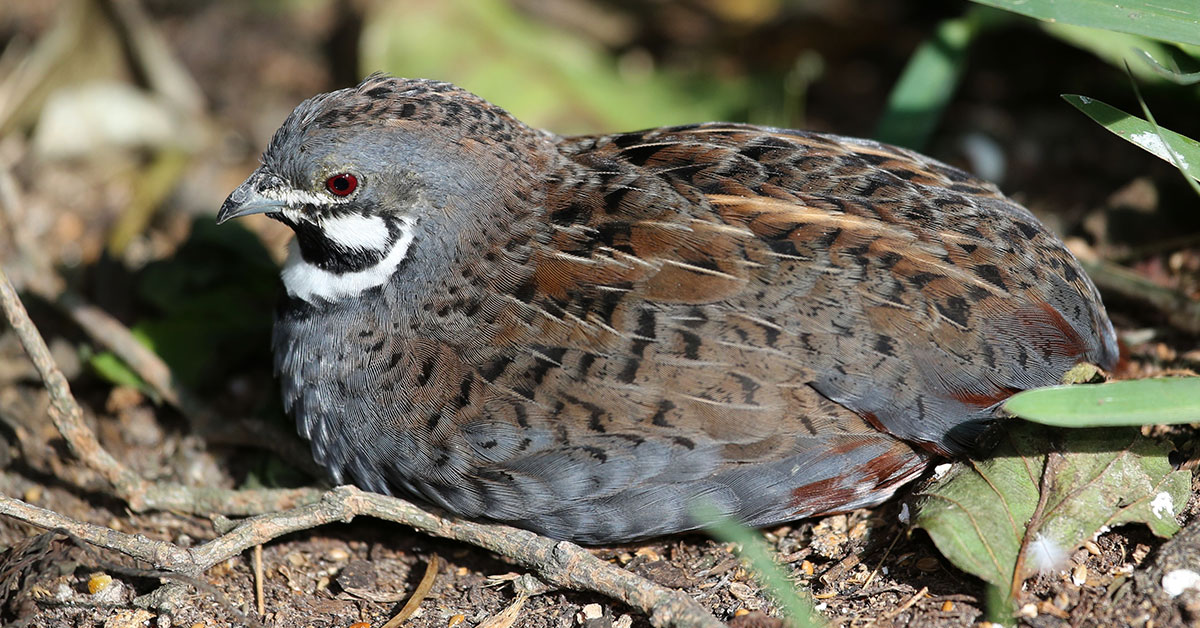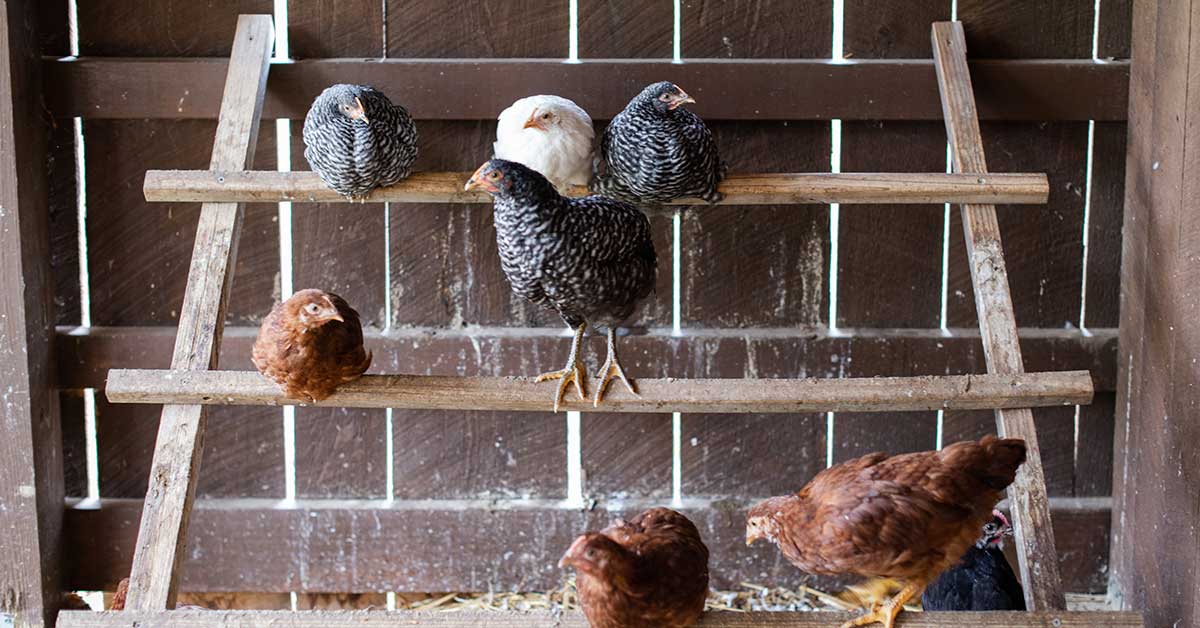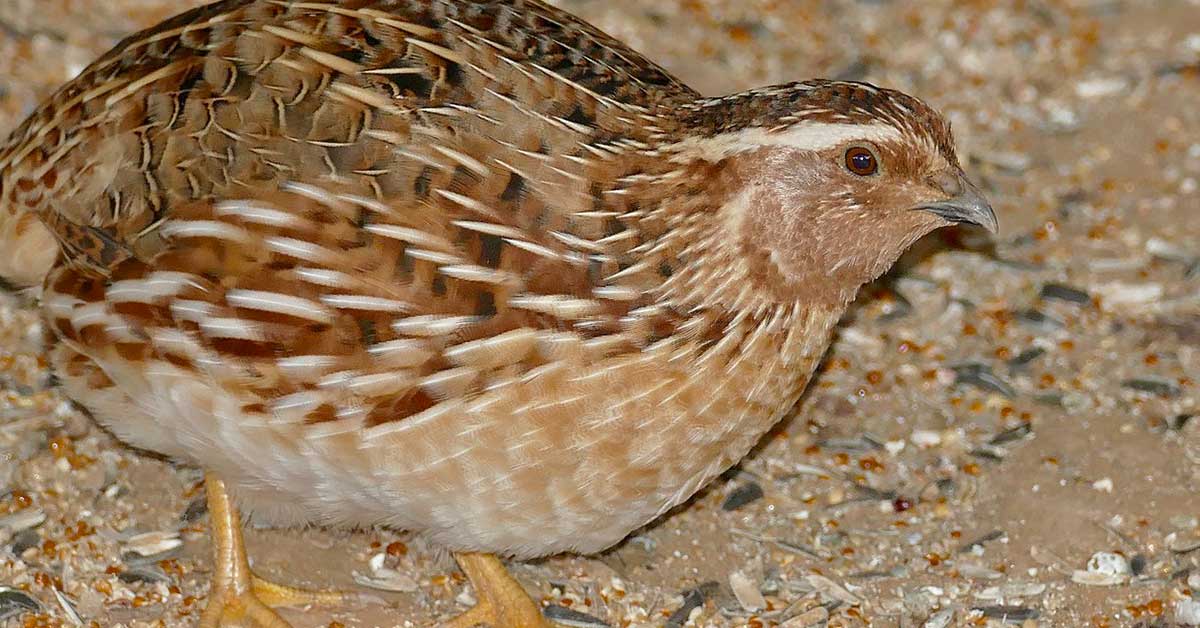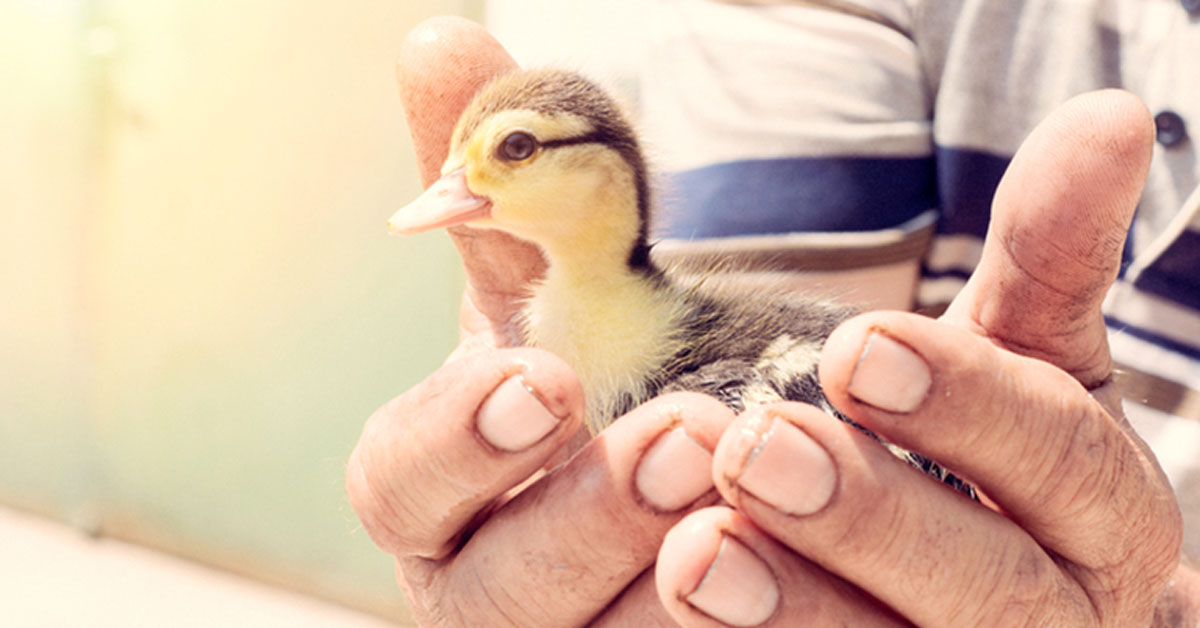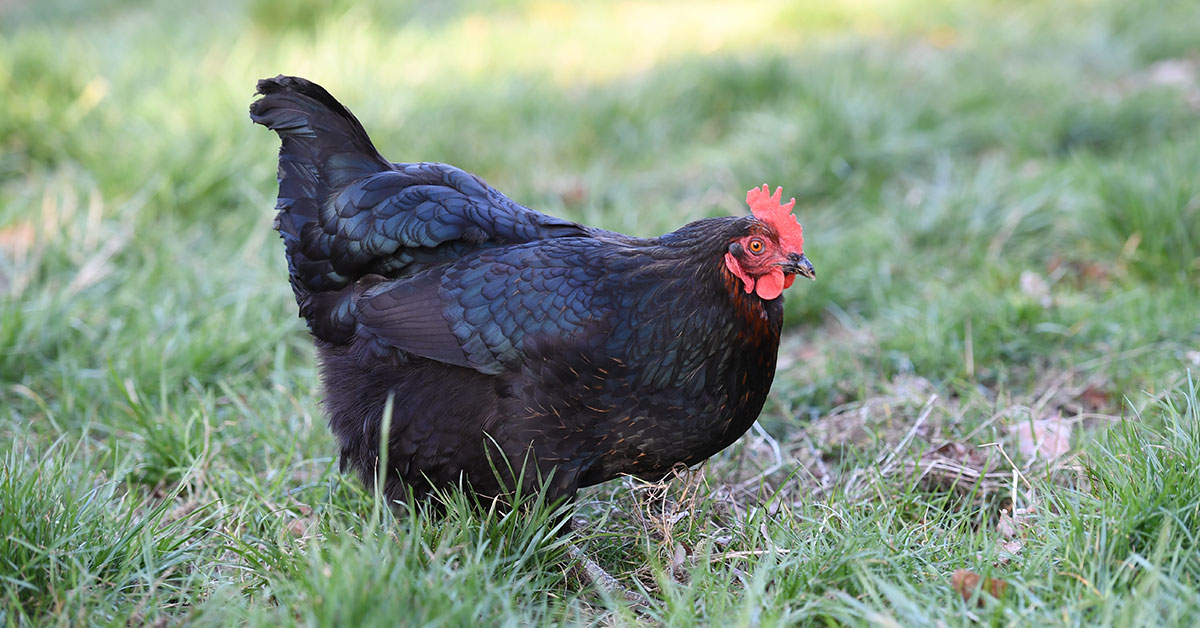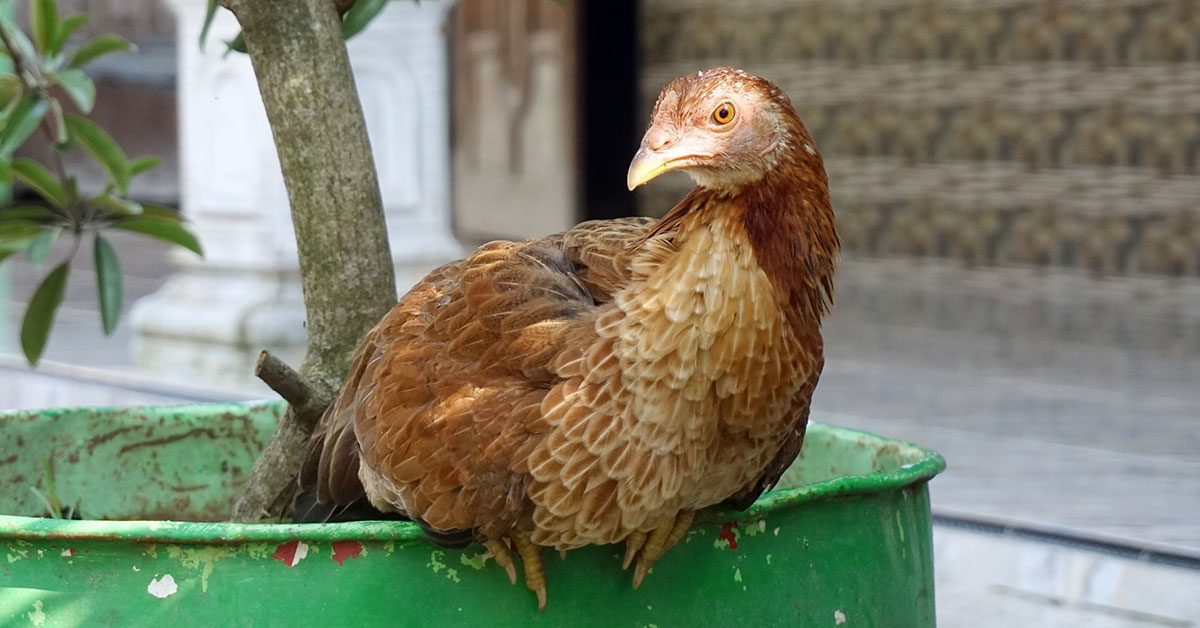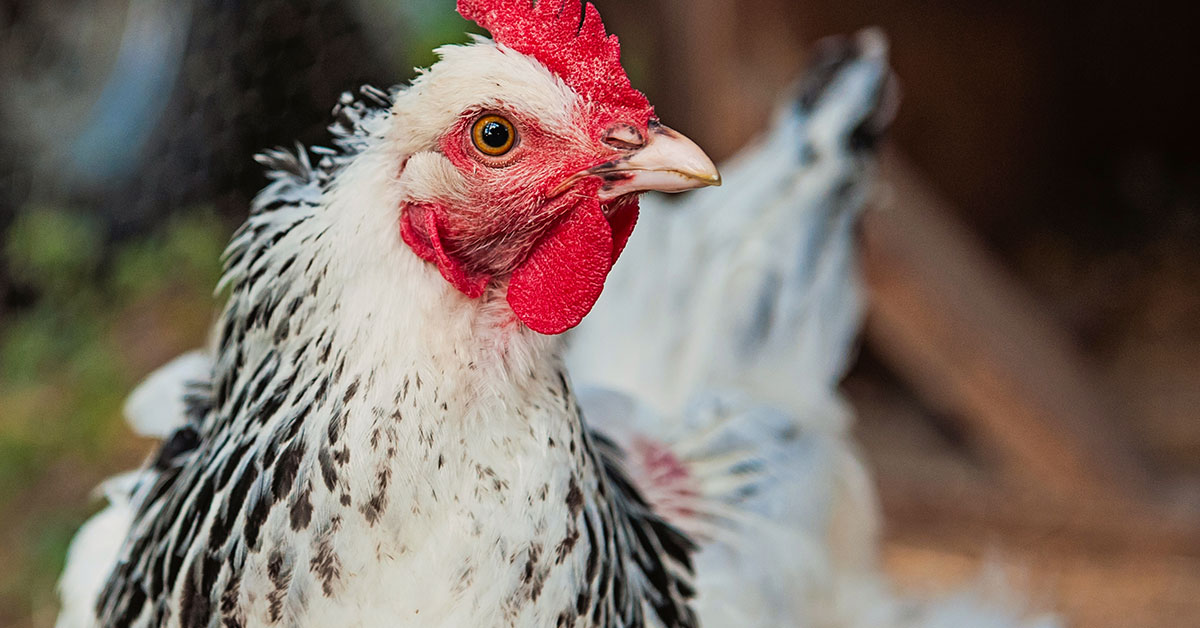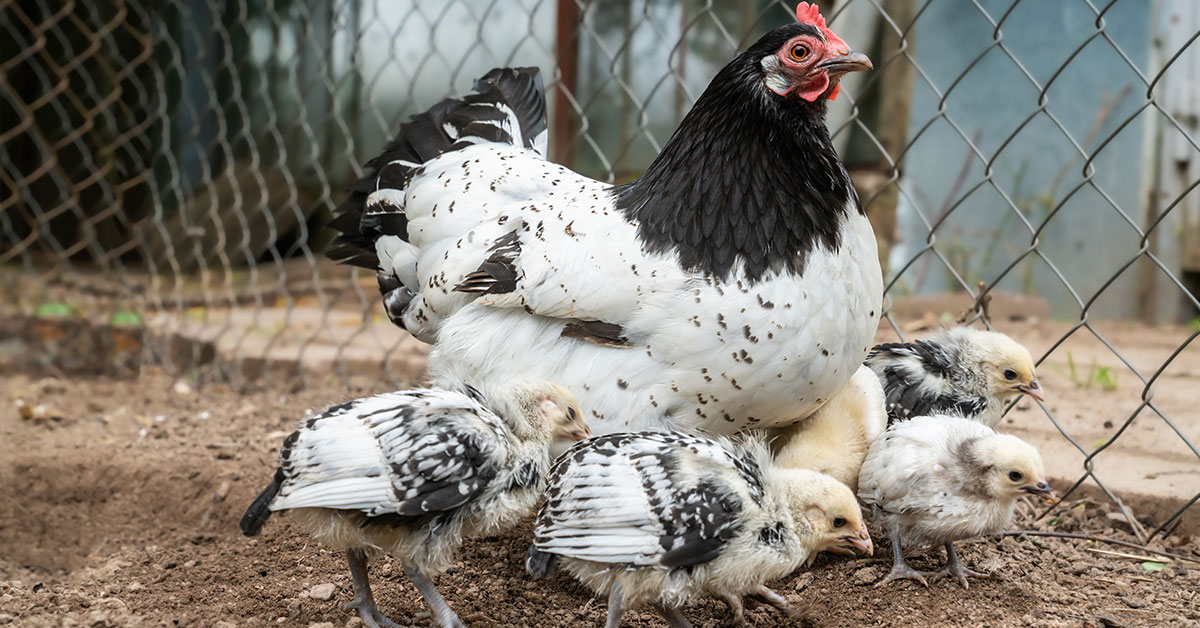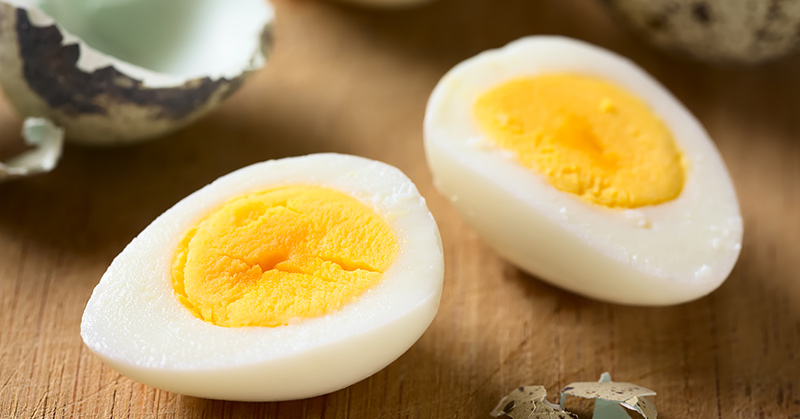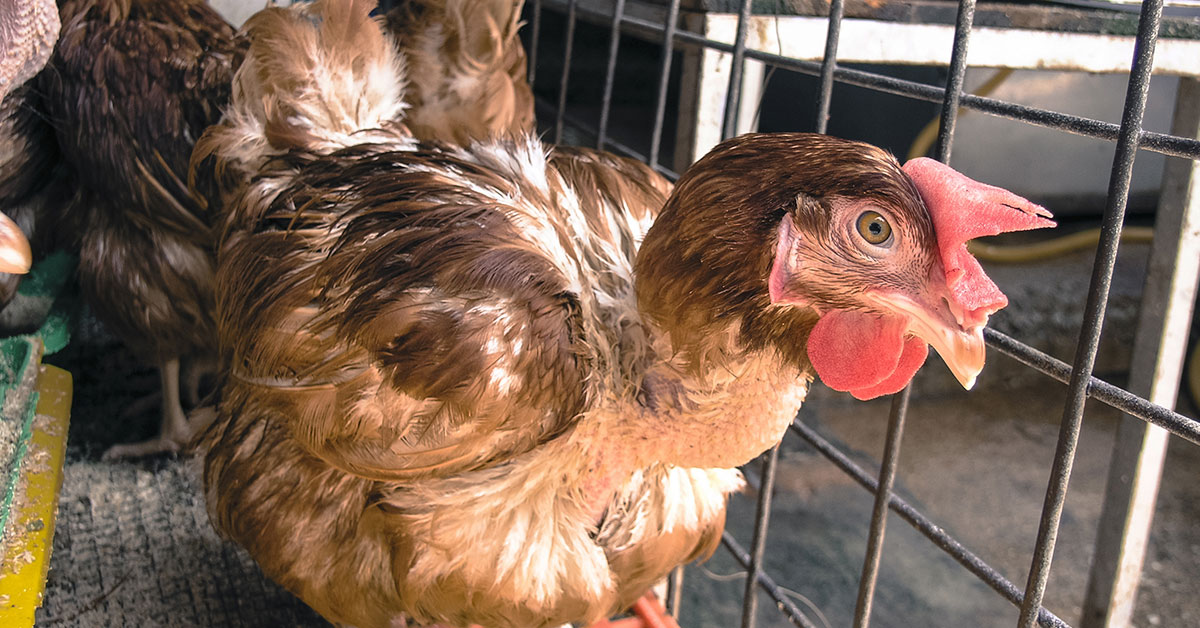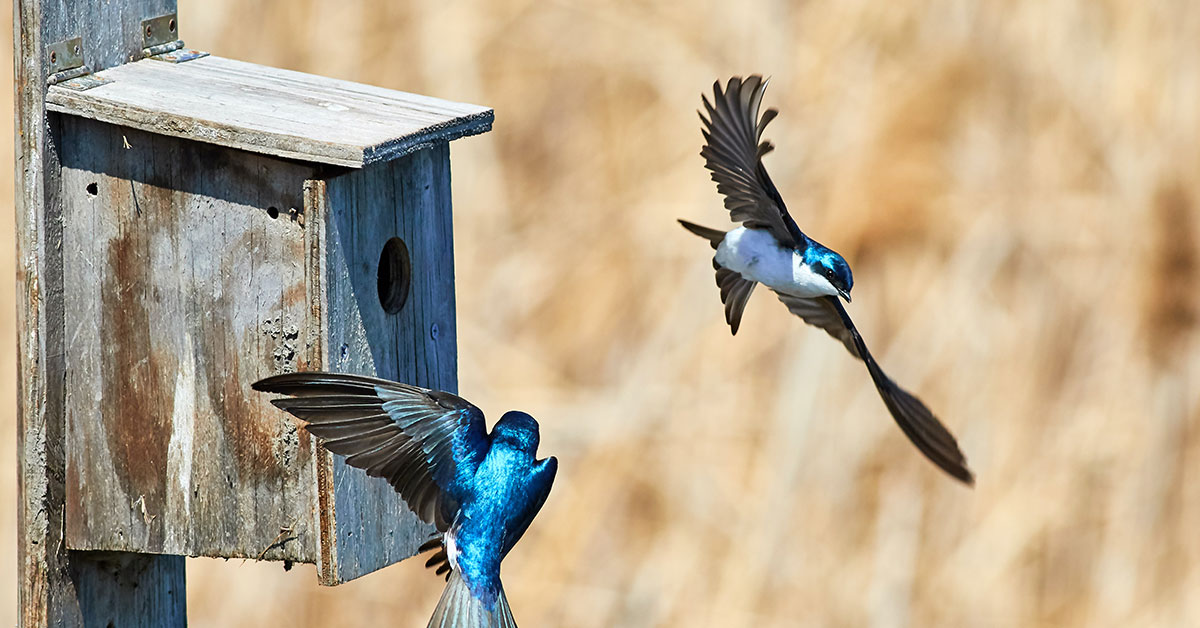Flemish giant rabbits are a big favorite of big rabbit lovers. They’re occasionally called the gentle giants of the rabbit world. These rabbits are docile and tame. Flemish giant rabbits love being pet, and held (if you can), and have a lot of fun running around their playpen in the yard or in the home. Rabbits produce little brown pellets of gold – their manure is an excellent addition to any garden. The Flemish giant rabbit is also a fully vegan pet – a perfect addition to any plant-based homestead.
All about Flemish Giant Rabbits
Flemish Giant rabbits are an easy breed of rabbit to get started with. They’re tame, friendly, and productive, and they make great pets. Here’s what there is to know about these adorable rabbits:
- Latin name: Oryctolagus cuniculus
- Appearance: Very large, arched back, multiple colors
- Origin: Belgium
- Temperament: Docile
- Purpose: Fur, meat, pets
- Size: Large
- Weight: 15 to 20+ pounds
- Lifespan: 8-10 years
- ARBA Recognized: Yes
Flemish Giant rabbits are a very large breed of rabbit varied in coloration, including black, blue, fawn, light gray, steel gray, sandy, and white. They have been known to grow over 20 pounds in some cases, making them very very big bunnies.
These big rabbits have an even temperament and are known to be calm and playful, which makes them ideal to people with children. Intact rabbits that haven’t been neutered or spayed live 5-6 years on average. Neutered and spayed rabbits tend to live a bit longer – 8 or more years. It is a breed recognized by the American Rabbit Breeders’ Association. They are mostly bred for their meat but make great pets.
Temperament
Flemish giant rabbits are known to be calm and docile. In general, male rabbits (bucks) are friendlier and less territorial than female (doe) rabbits, and that has been, in my experience, true for Flemish Giant rabbits as well. In my experience, bucks are easier to keep for new pet rabbit owners. But a properly handled doe is a great addition too.
Purpose
Flemish giant rabbits are often bred for their fur and meat due to their enormous size, but they are an even-tempered pet as well. If you’re looking for a pet rabbit for the family and see a Flemish Giant rabbit advert, my recommendation is to scoop it up. Just be warned: it will need more space than the standard rabbit cage!
Flemish giant Rabbit appearance and variations
Flemish giant rabbits are an ARBA-recognized breed of rabbit that comes in a remarkably wide variety of colors. They can be black, blue, fawn, light gray, steel gray, sandy, and white. These rabbits are bred to have a large body with an arched back, giving them a mandolin shape. The ARBA recognizes this Belgian rabbit breed.
Housing
A rabbit hutch is the simplest way to house your Flemish Giant rabbits. Hutches are raised structures that allows air circulation and secures your rabbits against any would-be predators. Hutches also prevent rabbits from escaping. When it comes to size, the bigger the better. There is no such thing as a rabbit hutch that’s too big. Each rabbit should be given 12 square feet of hutch space, preferably even more for very large breeds like this one. A 6×2 or 3×4 foot hutch will provide plenty of room. Rabbits can be kept in cages smaller than that, but plenty of outside time should be provided to your rabbits if they are to be kept in a smaller cage.
Providing a litter box for your rabbits is a good way to cut down on cleanup. Your rabbits will need a source of food and water provided at all times and plenty of enrichment – lots of chew toys and things to play with. Your rabbits will have hours of fun moving and tossing things around. My buck, in particular, is very very particular about where his belongings go. If I clean out his hutch, he spends hours getting things back where he wants them to go.
Common problems with the Flemish Giant Rabbit
Flemish Giant rabbits, in my experience, are pretty hardy. They don’t have any breed-specific issues, but can be susceptible to common rabbit ailments experienced by domestic rabbit breeds like:
- Overgrown teeth
- Pasteurellosis
- Hairballs
- Myxomatosis
- Rabbit hemorrhagic disease
- Cancer
Overgrown teeth
Unlike us, rabbit teeth continue to grow throughout their lives, a bit like our hair and nails. Rabbit teeth are slowly ground down by chewing their fibrous food. If they don’t have enough fibrous food to chew on, their teeth can overgrow and cause pain, which prevents eating and can result in death. The best way to avoid this is by simply offering a lot of grass and hay. A veterinarian can correct overgrown teeth, but it’s much less expensive to prevent this condition.
Pasteurellosis
Pasteurella multocida is a bacteria that can be easily transferred from one rabbit to another. It produces similar symptoms to pink eye and runny nose. The eyes can become puffy and red with a discharge, and your rabbit may sneeze a lot. This bacterial infection is sometimes called ‘snuffles.’
Stress is the primary cause for this infection. Strains of this bacteria are latent in the sinuses of your pet rabbit and a reduction in the efficiency of the immune system, caused by stress, can cause it to grow out of control. If your rabbit has snuffles, quarantine it from others and seek a treatment course of antibiotics.
Hairballs
Rabbits spend a good amount of time grooming themselves which can lead to hairballs. Hairballs are mostly not an issue unless there’s some other problem with your rabbit’s gastrointestinal tract. The best way to prevent hairballs is by providing a high quality, high fiber diet to your pet. If a hairball blocks the gut, your Flemish Giant rabbit may require surgery.
Myxomatosis
Myxomatosis is a virus spread by mosquitoes and fleas, as well as contact with another rabbit with the virus. It has similar symptoms as Pasteurellosis – swelling and discharge from the eyes and nose. Your best bet for prevention is to keep rabbits well away from fleas and mosquitoes, and attempt flea control to the best of your abilities. There is no vaccine or treatment for this and it will eventually kill your pet rabbit.
Rabbit hemorrhagic disease
Rabbit hemorrhagic disease, sometimes called Rabbit Calicivirus (though the term is no longer up to date) is a virus spread similarly to Myxomatosis – through fleas, mosquitoes, and contact with infected rabbits. This is a disease that progresses quite rapidly, incubating for just one to three days and causing death within 72 hours. The best way to prevent this is by vaccinating your rabbit against RHDV1 and reducing exposure to fleas and mosquitoes and never allowing your pet rabbit contact with a wild rabbit. There is no treatment.
Breeding Flemish Giant Rabbits
Early on in my experience with breeding rabbits, I was told that rabbits are “very efficient.” This is an understatement. Flemish Giant rabbits become fertile at just 12 weeks of age and will begin at least attempting to mate at around this time. If you intend to breed your rabbits, hold off until they are 5 to 8 months old. Breeding before this age can be harmful to your rabbits.
Does not go into heat and are instead fertile year round. Bucks are also generally eager to mate regardless of the time of year. The timing for breeding your rabbits is up to you. Some don’t like breeding in the dead of winter due to concerns about the cold. Others breed only in spring and fall in order to avoid the heat of summer impacting the kits (baby rabbits.)
When breeding rabbits, bring the buck to the doe, not the other way around. Allow the buck to mate with the doe two to three times. You will be looking for what’s called a ‘fall off.’ After the buck has finished mating, he will fall off of the female rabbit. This signals complete copulation. Once you have the number of fall-offs you desire, return the buck to his hutch. Do not leave your buck unattended with the doe.
Flemish Giant Rabbit gestation period
If pregnant, your doe will gestate for 28-35 days. She will kindle (give birth) on day 31 or 32 usually. Provide a nest box with plenty of straw for the doe to build a proper nest. She will also pull fur from her abdomen to mix in with the straw provided. The average litter size is between 1 and 14 kits. She can be impregnated again within 24 hours of giving birth, but this is generally not advised.
Flemish Giant rabbit kits are born blind, deaf, and hairless. Cannibalism can occur and is a defense mechanism. A doe will eat any stillborn rabbits as well as any blood and dead tissue left behind in the nesting area. This is normal and nothing to be alarmed by.
A kit’s fur begins to grow in by the 5th day and sometime between the 7th and 10th day, their eyes will open. At the age of 2 weeks, they’ll begin exploring outside of the nest boxes and looking for other food sources. The mother will start to wean them at 3 to 4 weeks of age.
Bucks generally don’t involve themselves with raising the young. If kept in a colony setting, a buck may ‘babysit’ the young from time to time. While they don’t generally help raise the young, they don’t harm the young either.
What to feed your Flemish Giant Rabbit
Rabbits can be fed a balanced rabbit feed, but ideally, your Flemish Giant rabbit should subsist primarily on hay. A pellet feed can be offered but shouldn’t be the primary feed choice of the rabbit. They can be fed small amounts of vegetables as treats, but high-quality hay like Timothy hay should be the bulk of your rabbit’s diet. Food should always be available to your rabbits.
History of the Flemish Giant Rabbit
Flemish giant rabbits are an extremely old breed of rabbit, dating back to the 16th century. In Belgium, they were used for their plentiful meat and fur. It’s believed that giant rabbit breeders of the time simply bred together large meat rabbit breeds until they achieved a 20+ pound rabbit. Standards for the breed were established in 1893. Today, it is still used for its meat and fur but is more widely accepted into households as a companion.
